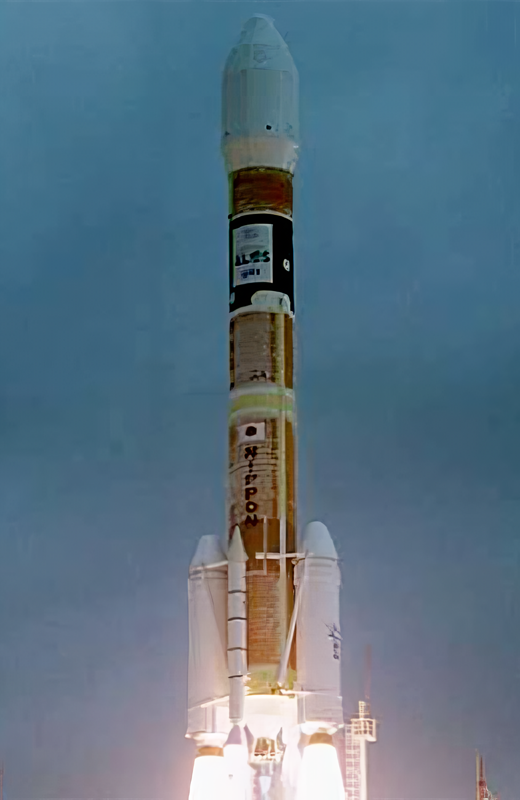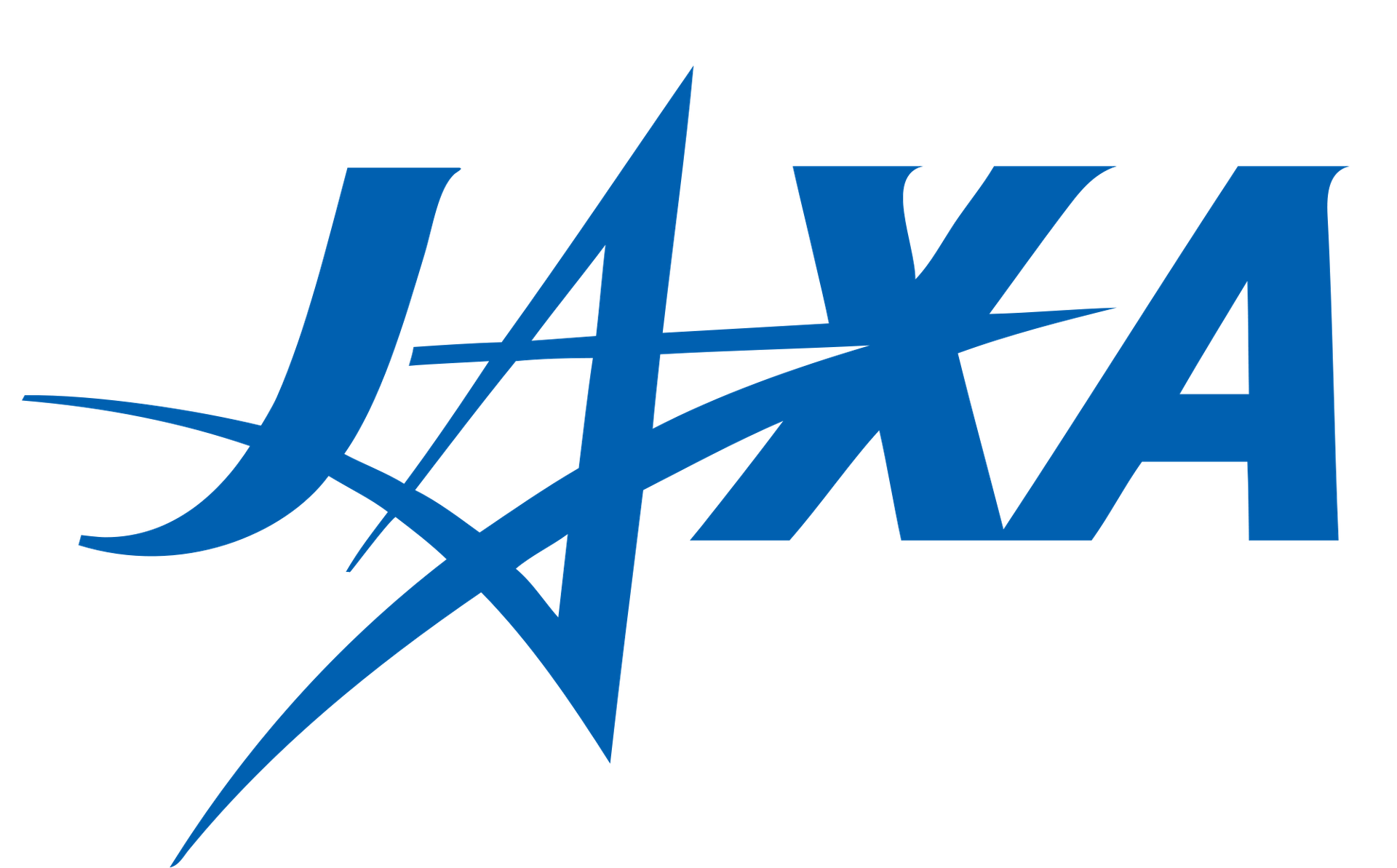H-IIA 2022 | Kaguya
Yoshinobu Launch Complex LP-1
Tanegashima Space Center, Japan
T?
--
Days
:
--
Hours
:
--
Mins
:
--
Secs
Date Loading...
Japan Aerospace Exploration Agency
The Japan Aerospace Exploration Agency (JAXA) is Japan's national aero-space agency. Through the merger of three previously independent organizations, JAXA was formed on 1 October 2003. JAXA is responsible for research, technology development and the launch of satellites into orbit, and is involved in many more advanced missions, such as asteroid exploration and possible manned exploration of the Moon. JAXA launch their Epsilon vehicle from the Uchinoura Space Center and their H-II vehicles from the Tanegashima Space Center.
Kaguya
Kaguya, also known as SELENE, was the second Japanese lunar orbiter spacecraft. Kaguya usede a suite of 15 instruments to gather scientific data on lunar origins and evolution. The main orbiter was accompanied by two smaller satellites: a relay satellite Okina and a satellite Ouna for Very Long Baseline Interferometry observations. Kaguya orbited the Moon for a year and eight months and then ended the mission via a planned impact on the lunar surface.
H-IIA 2022
Height 53.00 Meters
Max Stages 2
Mass To GTO 4500 kg
Liftoff Thrust 0 kN
Diameter 4.00 Meters
Mass To LEO 0 kg
Liftoff Mass 316 Tonnes
Launch Success 3
Consecutive Success 3
Maiden Flight 2005-02-26
Launch Failures 0









